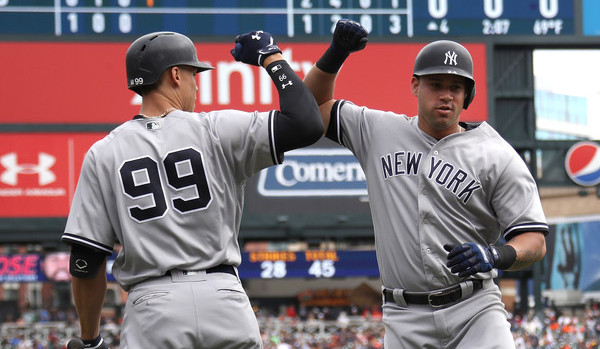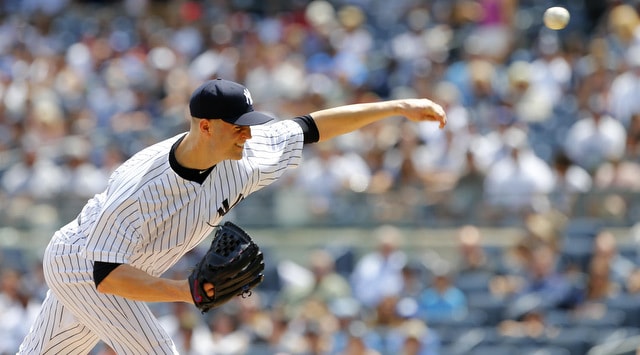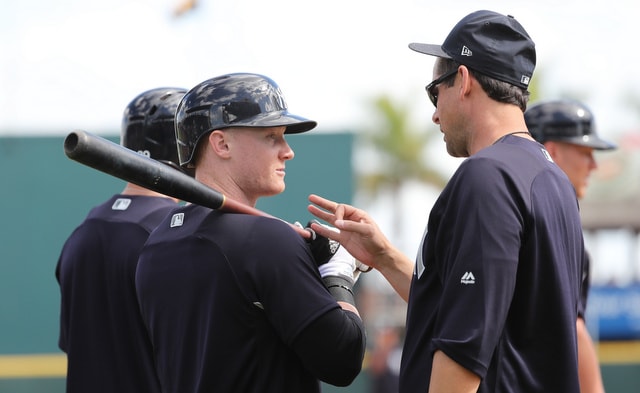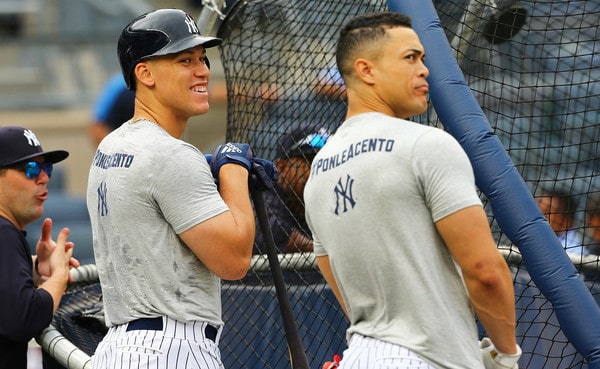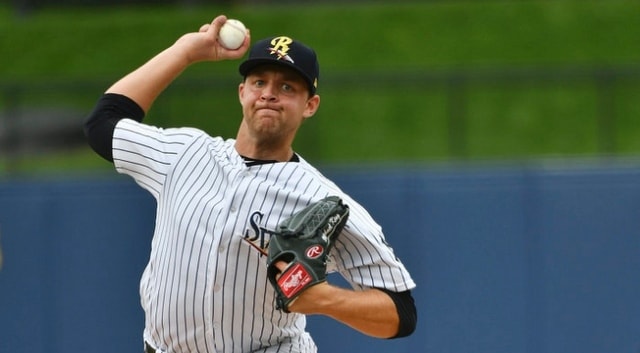
Didn’t take long for the Yankees to suffer their first spring injury. At his start-of-spring press conference this afternoon, Aaron Boone announced righty pitching prospect Mike King has been shut down for three weeks with a stress reaction in his elbow. He’ll be reevaluated again after the three weeks and they’ll take it from there.
I ranked the 23-year-old King as the ninth best prospect in the system last week. Boone said King felt something in his elbow during a bullpen session last week, so they sent him for tests, which showed the stress reaction. He’ll be behind this spring and it seems to me he’ll have to start the regular season on the disabled list.
The Yankees acquired King from the Marlins in a minor trade last offseason and he blew up last year, throwing 161.1 innings with a 1.79 ERA (2.76 FIP). Boone mentioned him as a depth option at some point for the coming season, which seems to indicate the elbow injury isn’t that serious, but we’ll see. Elbow issues are not to be taken lightly.
At this point Domingo German, Jonathan Loaisiga, Chance Adams, and Luis Cessa are the top depth starter options in whatever order. With King out of the picture for the time being, guys like Drew Hutchison and David Hale become a little more important.
